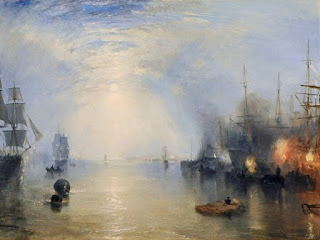 |
| Moxon Society logo |
Zeal or enthusiasm is something the members of the Moxon Society have in bucketsful.
In the late 1980s, James "Jimmy" Roland Moxon, together with Richard "Dick" Moxon, a descendant of the publisher and mentor of poets, Edward Moxon met each other and since both had written extensively about their ancestors, they decided to put together a book entitled "The Moxons of Yorkshire".
To facilitate its production and marketing, Jimmy Moxon wrote and distributed a newsletter which became the first issue of the Moxon Magazine. It was sent to as many people with t anhe Moxon surname that could be found in directories and electoral rolls. Contacts in North America and Australia helped.
This generated a great deal of interest amongst Moxons and Moxhams and it was decided to form The Moxon Society in 1990.
Members took on various roles:
- contributing to and publishing the Magazine which before too long turned into a glossy biannual publication
- writing a family tree software program (John Moxon Hill) and later transferring the different trees to Gedcom files (John Earnshaw and others)
- finding wills and transcribing them (Graham Jagger and others)
- commencing a Y-dna project for the Moxon surname (Ed Moxon) and much later an AncestryDNA autosomal project (Graham Jagger)
- constantly revising the Moxon history including refuting some stories in the Moxons of Yorkshire publication
- building Ancestry trees for all known families and attempting to link them together using original source records and DNA evidence (Chris Moxon, Philip Lord and Graham Jagger) and organising tree guardians from amongst the members
- developing and maintaining the Moxon Society website (John Earnshaw, Margaret Tucker Moxon and more recently Trevor Jordan) and developing a members only resource website called Moxon research (Trevor Jordan with input by Chris Moxon, Philip Lord and Graham Jagger)
- publishing more books written by members
- organising annual gatherings of Moxons in different geographic locations in the UK (many members)
- developing and maintaining membership records, marketing the Society through social media
- monitoring and using newspaper articles about Moxons and Moxhams
- co-ordinating membership in Australia (two different Margaret Moxons in Queensland and New South Wales
- writing the Moxons Down Under Newsletter (Margaret Moxon in Queensland and then John Moxon in New South Wales)
- a myriad other tasks keeping the Society running and members interested.





